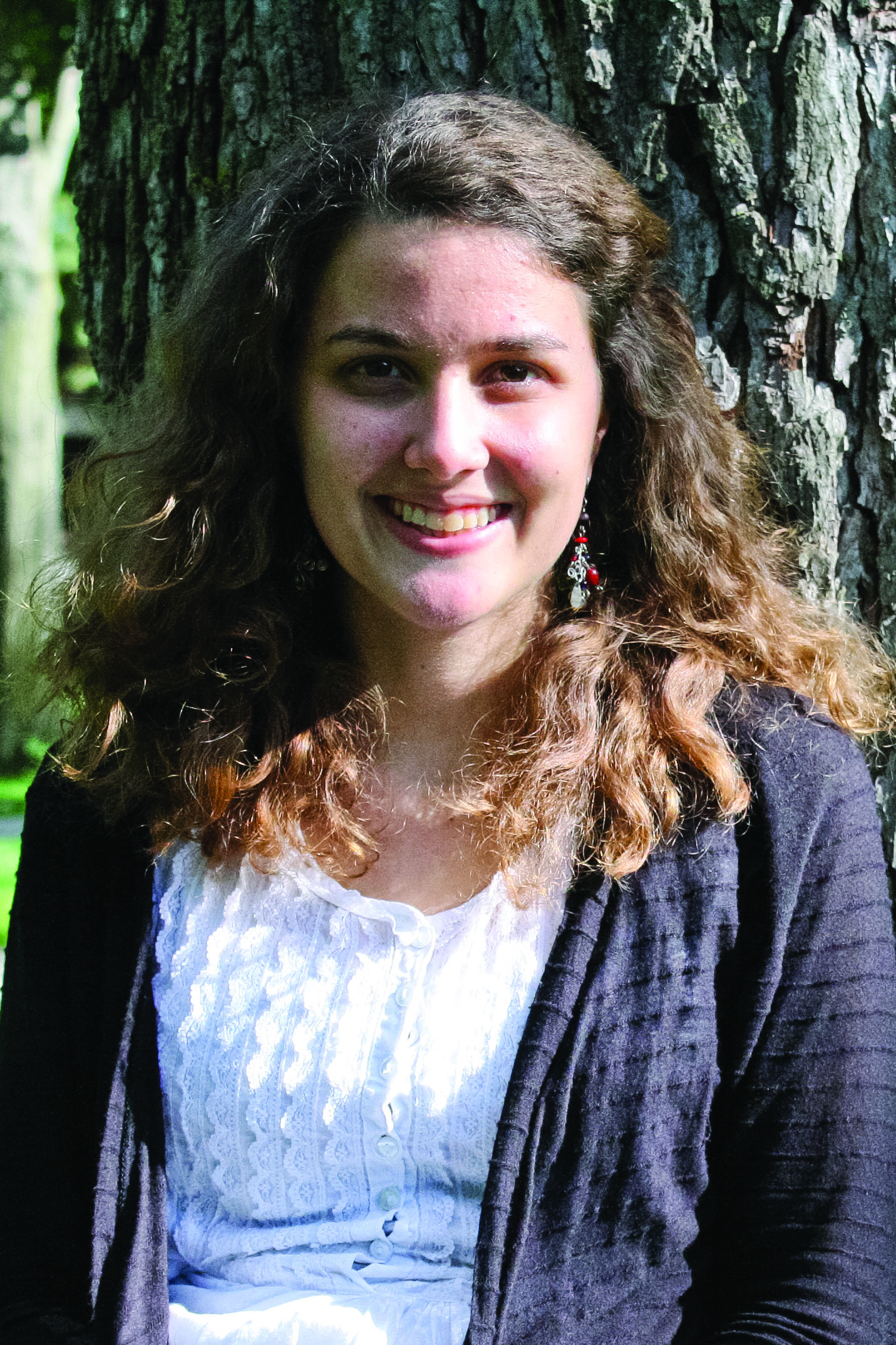In the fall of 2011 I wrote a perspective for The Record titled, “Finding my place at the table: Young women and the church.” I shared about the journey I was on towards figuring out where my place was in the church as a young woman and how to hold the struggles that women have faced in the past with my own experiences today.
A year later, I return to this space. Though I do not return with concrete answers, I instead return with a rich summer experience that added depth to my journey. As a summer Ministry Inquiry Program participant, I had the opportunity to further examine women’s experiences in the church when I worked as an intern with the Executive Board of Mennonite Church USA.During my summer in Elkhart, I worked with Joanna Shenk on the Women in Leadership Project, a project started in 2009 by Mennonite Church USA to continuously work at integrating women’s voices into all areas of the Church. My area of work involved creating a database of research that documented when Mennonite women have formally come together to act for change. Through interviews, online research and hours spent in the Mennonite Historical Archives, I compiled a timeline that documented when, why, where and how Mennonite women have gathered.
What I found in this process were hundreds of stories of women who have each worked at finding their own unique place in the Church. I walked with Mennonite women from the past and present as their stories took me by the hand and pulled me through each decade of the Church, their voices pointing out lessons along the way.
I walked with Barbara Herr in 1881 as she wrote letters about publishing her writing in the Gospel Herald. I walked with Clara Eby Steiner in 1916 as she wrote letters back and forth to other women as they planned the Women’s Missionary and Service Commission, the first formal Mennonite women’s organization. I walked with Mary Bustos and Maria Rivera Synder in 1973 as they took meeting minutes for the first Hispanic Women’s Convention in Moline, Ill. Finally, I walked with Sandra J. Seals in 1981 as she wrote a memo to pastors of black and integrated churches advertising the third biennial Black Mennonite Women’s Retreat in North Webster, Ind.
From these walks with Mennonite women of the past and interviews with Mennonite women of the present, I started to piece together the history of formal women’s gatherings in the Church. Since 1916, women have gathered to confront a variety of issues, such as race, service, language and identity. While diverse issues and women shaped the gatherings, commonality kept them going. Women gathered because of a similar need for a space of support, connection and understanding.
As the Women in Leadership Project grows, so does my understanding of where I fit into the Church as a young woman. It is hard work to search for these answers. But my summer experience has given me a tool for the search: knowing that women before me have gone through a similar exploration and have each formed their own story. I am still finding my story, but I am beginning to learn that the process of finding that story and voicing it may be more important than what story I tell.
Emily Kraybill is a senior social work major with a women’s studies minor


